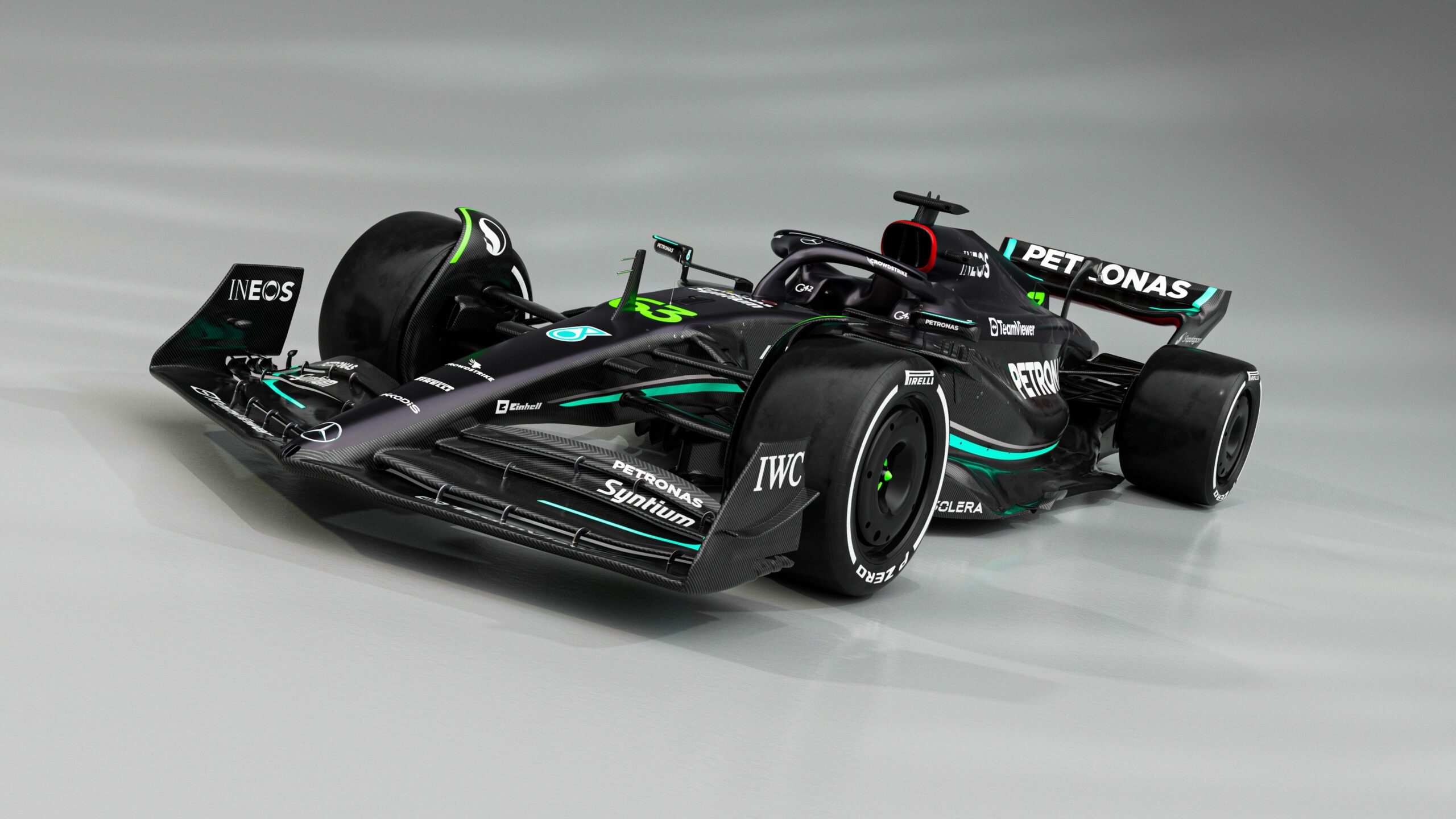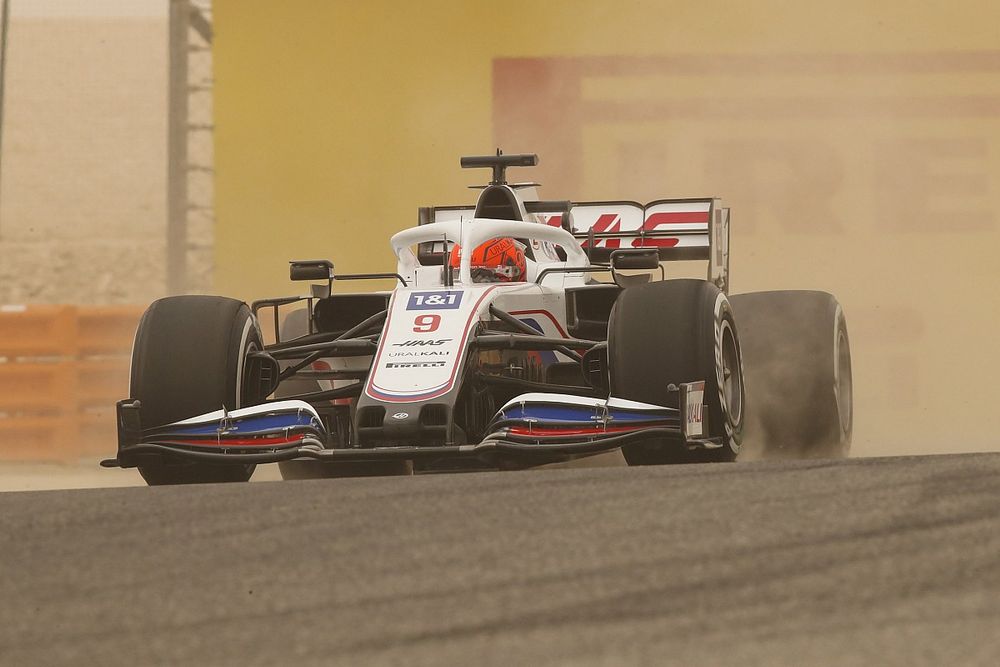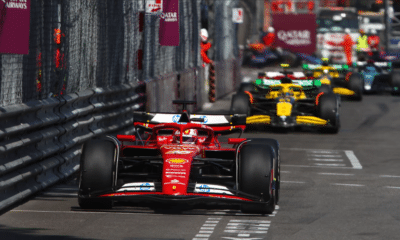- The drivers will take to the track at the Bahrain Circuit on Thursday to begin a three-day pre-season testing
- The testing takes place just over three months after the last Formula 1 action
The drivers will take to the track at the Bahrain Circuit on Thursday to begin a three-day pre-season testing, which will take place just over three months after the last Formula 1 action.
But don’t be fooled by the lap times; they have no significance.
The teams were only permitted to run during the pre-season for three days this year, the second year with the new generation of ground-effect aerodynamic cars.
That was motivated by two factors. The teams didn’t need as much time on the track because, at least initially, it was anticipated that the regulations would not change from 2022 to 2023. The second reason is, of course, keeping costs down.
All you need to know about the Pre-season testing

The W14 will be in action.|PHOTO: Mercedes|
Pre-season testing is the on-track time when teams can work collectively to prepare their vehicles for the upcoming season.
In contrast to 2010, when there were 12 days of running, there is only one test this year after being reduced from three tests in previous years.
From Thursday morning through Saturday evening, the teams will compete at the 5.412-kilometre Bahrain International Circuit in Sakhir. The objective of the competition is to get rid of any niggles, perfect the car’s setup, and find some speed.
The teams ultimately want both, even though Christian Horner said he’d “instead fix a fast car than strive to make a reliable and slow one “.
However, if you ask many bosses, they’ll say that having a reliable car during pre-season testing is a big plus because it allows them to focus on enhancing the set-up and speed.
When a team’s car is unreliable, they frequently have many questions going into the season-opening race and must spend the first few races trying to figure things out.
In the pre-season, dependability is always preferred to speed. In fact, as Ferrari can attest, having speed in testing doesn’t always bode well for a Formula 1 team.
The Scuderia has frequently recently “won” pre-season testing only to fall behind in the opening race.
This is due to the fact that teams frequently sandbag, which is a term for downplaying the car’s speed. They might eventually rev the engine and put little fuel in the car on the last day, or they might decide not to if they have enough faith in the vehicle to shock their competitors in the first qualifying session of the season.
What to watch out for

The Pre-season testing starts on Thursday.|PHOTO: F1|
The two important things this season will be reliability and porpoising, with teams hoping to have the former rather than the latter.
Last season, Alfa Romeo and Haas had disastrous pre-season testing starts, losing crucial track time due to reliability issues. In contrast, McLaren had brake issues that put them on the back foot so severely that they battled to recover during the first half of the season.
Mercedes also lost time, but it wasn’t due to reliability but to porpoising.
All eyes will be on the FIA’s modifications to the car floors this year to try and reduce bouncing, especially over at Mercedes since they had the worst experience last season.
It won’t be clear to any of the teams whether they could control it or if their constant search for more downforce had turned their cars into something else until they hit the track on Thursday.
















You must be logged in to post a comment Login